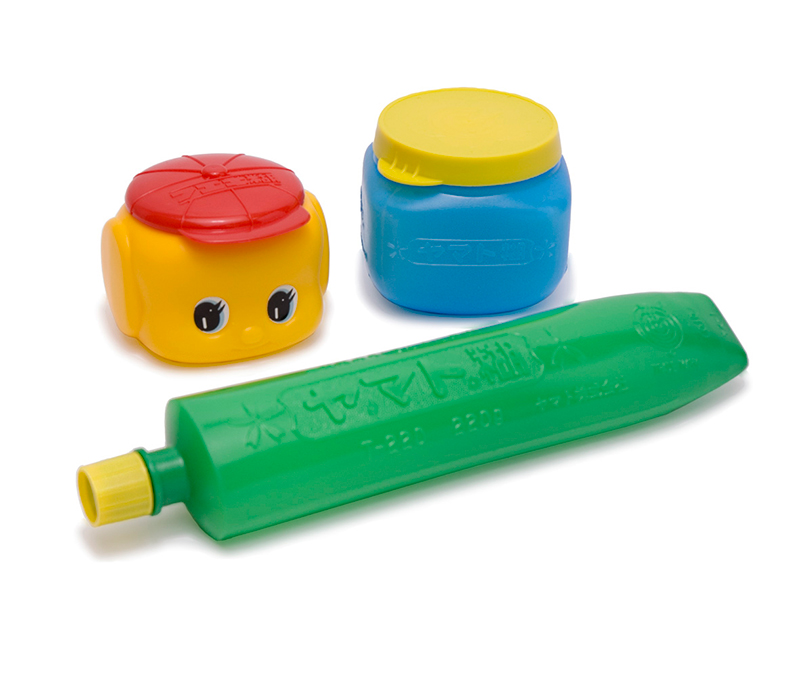Starch Paste
でんぷん糊
Denpun-nori
CATEGORIES
Starch paste is a water-soluble adhesive primarily used to bond sheets of paper. It is made from the starch of grains, potatoes, or other plants, and was used as early as the Heian Period (794-c.1185). Before hardening, starch paste is a highly viscous, gel-like substance due to its moisture content. As the moisture evaporates, the substance cures and hardens. Commercial starch paste is made from cornstarch or tapioca (cassava root) and sold in sealed polyvinyl containers and tubes. The well-known Yamato Nori (Yamato Co., Ltd.) is one example of a starch paste. People can use starch paste in a variety of work-related and general applications. In water-based woodblock prints, artists apply paint to the woodblock and then mix in water-softened paste. This adds body to the paint and slows the drying process. In Japanese painting, the paste is often used to line Japanese paper and mount silk canvases. Some pastes have a preserving agent that may cause discoloration, however, so wheat starch paste is preferred. Wheat starch paste is also used in the restoration of cultural assets. Other types of starch paste include bracken (warabi) paste, derived from bracken root, and bran paste, derived from seaweed. Be aware that the volume of the paste contracts as moisture evaporates during the curing process, which can wrinkle some types of paper. Replace the cap on the tube after use to protect the paste from drying out. Starch pastes are available for purchase at art supply stores and stationery stores.

